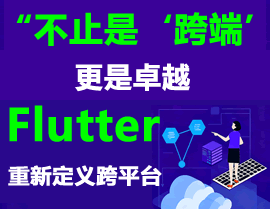uniapp scope.record 的使用方法
在uniapp中使用scope.record时遇到问题,具体应该如何调用?需要配置哪些权限?能否提供一个完整的示例代码?
2 回复
在uni-app中,scope.record通常用于获取表单或列表中的当前行数据。例如,在<picker>或列表渲染中,通过@change事件传递scope参数,使用scope.record访问当前项的数据对象。
在 UniApp 中,scope.record 通常与微信小程序的录音功能相关,用于获取用户授权并实现音频录制。以下是基本使用方法:
1. 用户授权
首先需要获取用户授权,可以使用 uni.authorize:
uni.authorize({
scope: 'scope.record',
success() {
console.log('授权成功');
// 开始录音操作
},
fail() {
console.log('授权失败');
}
});
2. 录音管理
使用 uni.getRecorderManager() 管理录音:
const recorderManager = uni.getRecorderManager();
// 开始录音
recorderManager.start({
duration: 10000, // 录音时长(ms)
sampleRate: 44100, // 采样率
numberOfChannels: 1, // 声道数
encodeBitRate: 192000, // 编码码率
format: 'aac' // 音频格式
});
// 监听录音结束
recorderManager.onStop((res) => {
console.log('录音文件:', res.tempFilePath);
// 这里可以上传或播放录音文件
});
3. 注意事项
- 平台差异:
scope.record主要在微信小程序中有效,其他平台(如 H5)可能需要使用 Web API(如navigator.mediaDevices.getUserMedia)。 - 权限处理:如果用户拒绝授权,可引导用户手动开启(通过设置页)。
- 生命周期:录音管理器需在页面卸载时及时停止和销毁。
4. 完整示例
<template>
<view>
<button @tap="startRecord">开始录音</button>
<button @tap="stopRecord">停止录音</button>
</view>
</template>
<script>
export default {
data() {
return {
recorderManager: null
};
},
mounted() {
this.recorderManager = uni.getRecorderManager();
this.recorderManager.onStop((res) => {
uni.showToast({
title: `录音完成: ${res.tempFilePath}`,
icon: 'none'
});
});
},
methods: {
startRecord() {
uni.authorize({
scope: 'scope.record',
success: () => {
this.recorderManager.start();
uni.showToast({ title: '开始录音', icon: 'none' });
},
fail: () => {
uni.showModal({
title: '提示',
content: '需要录音权限,请前往设置开启',
showCancel: false
});
}
});
},
stopRecord() {
this.recorderManager.stop();
}
}
};
</script>
总结
通过 scope.record 授权结合 uni.getRecorderManager() 可实现完整的录音功能。注意处理用户授权状态和平台兼容性。






